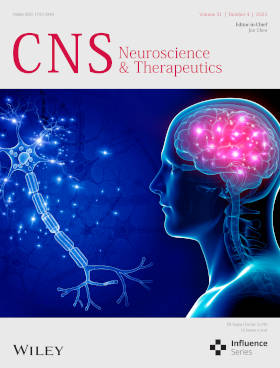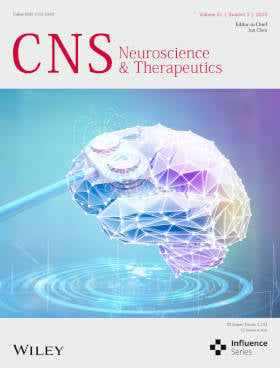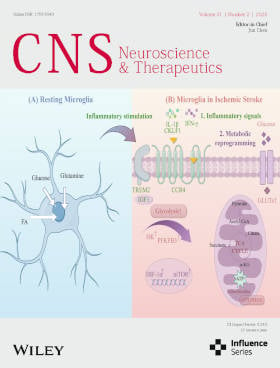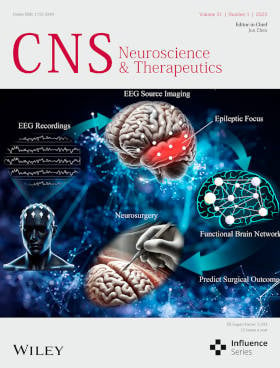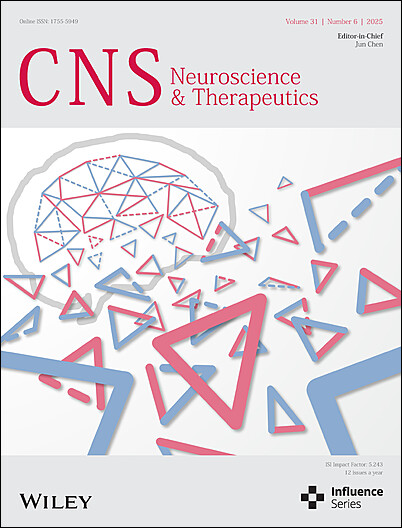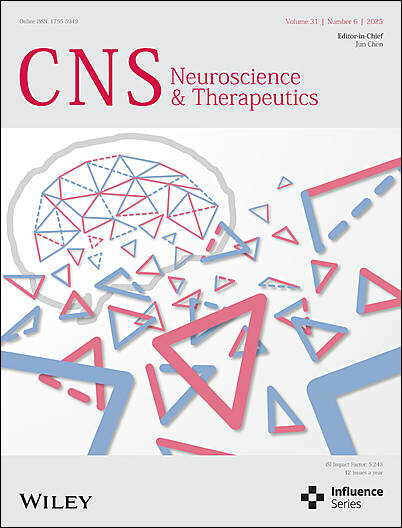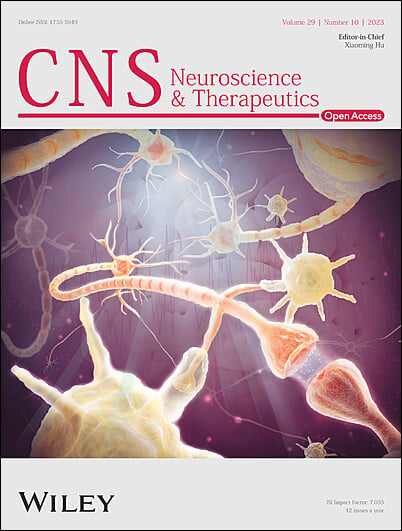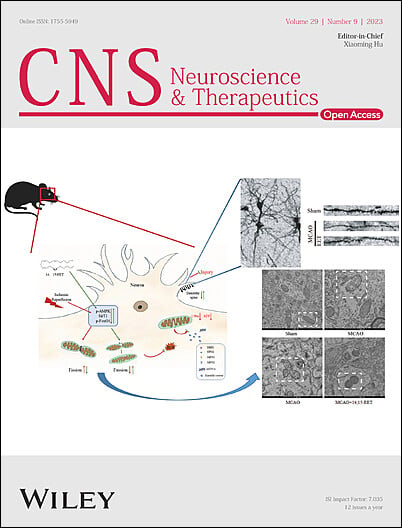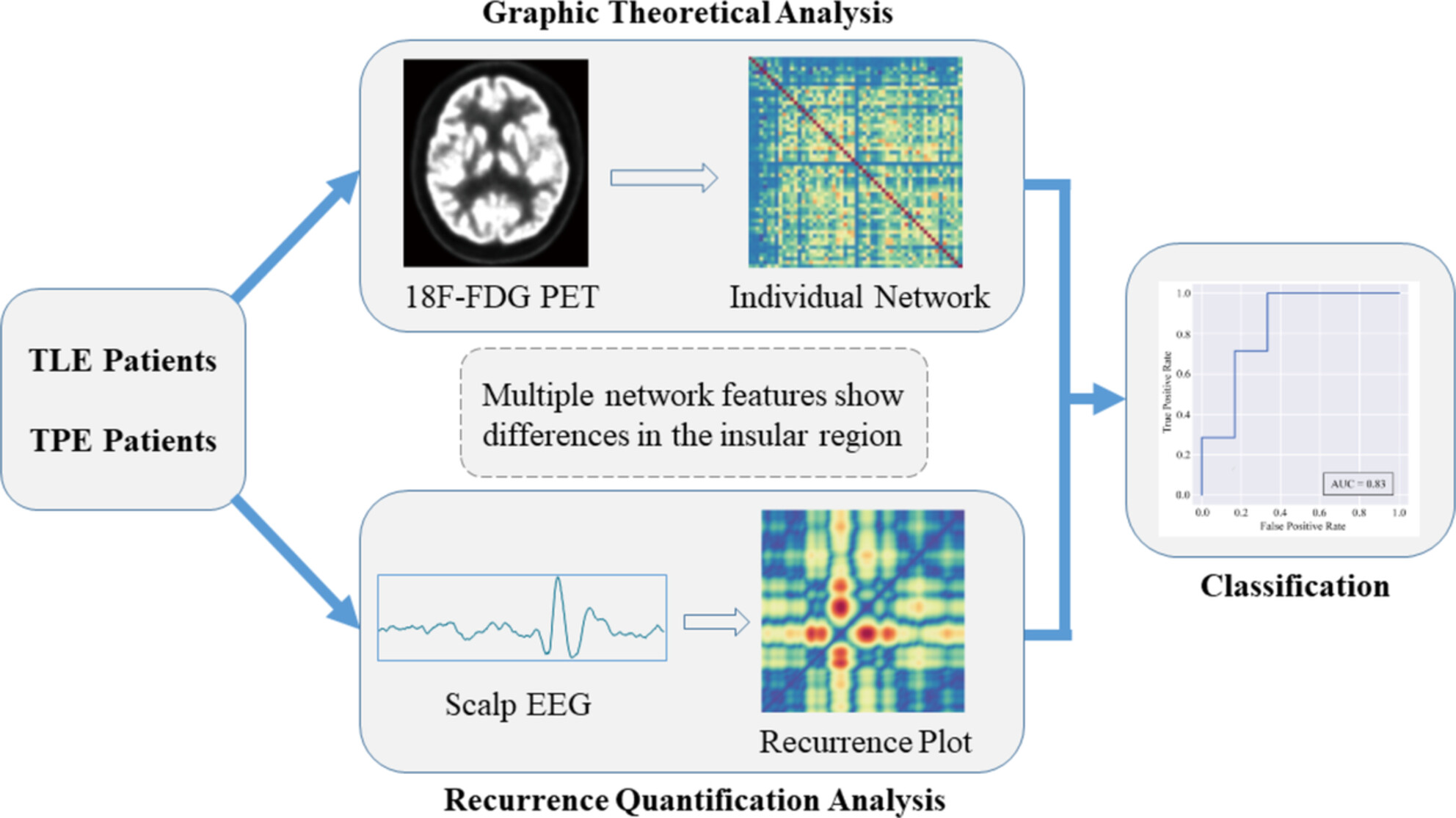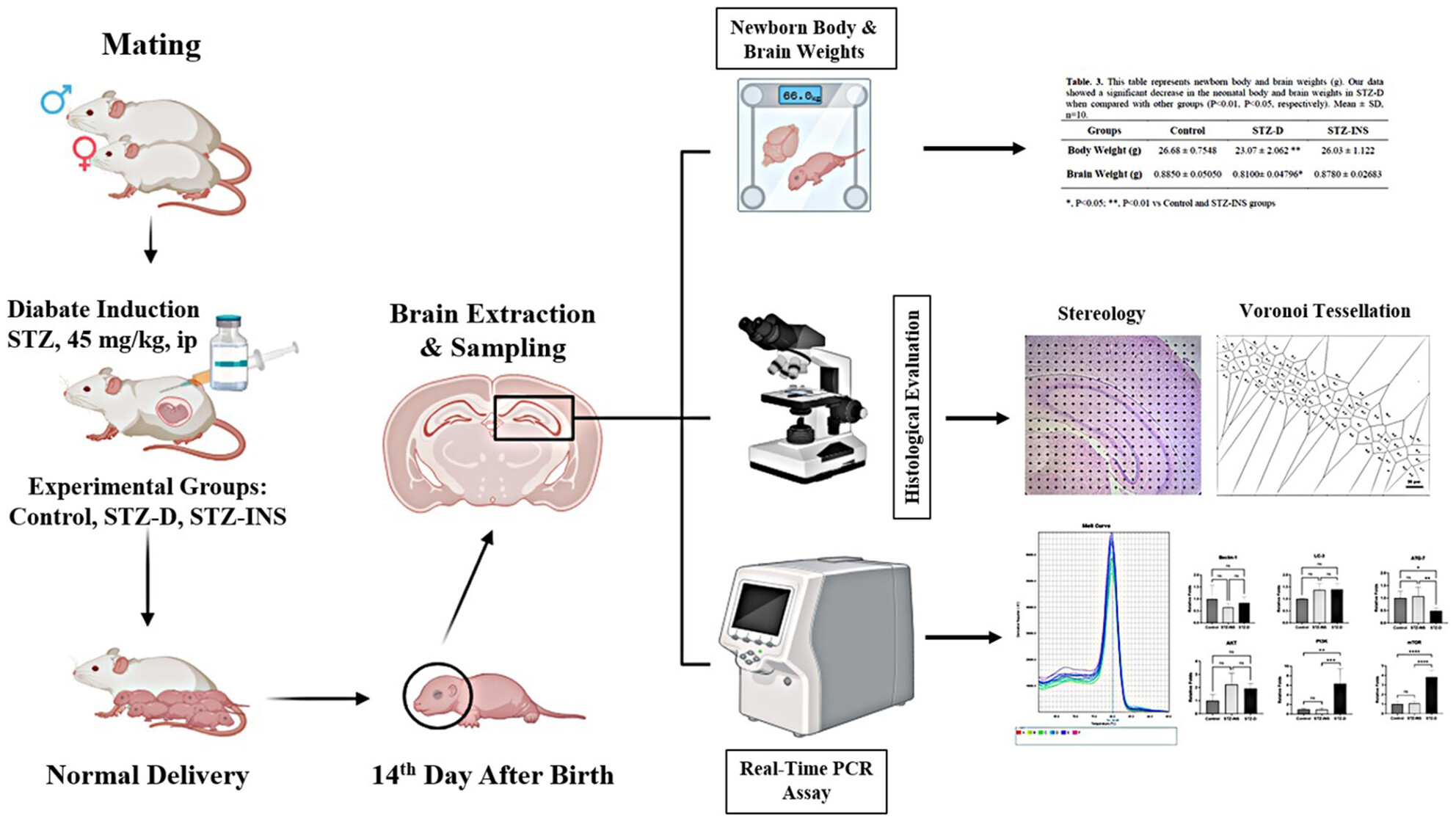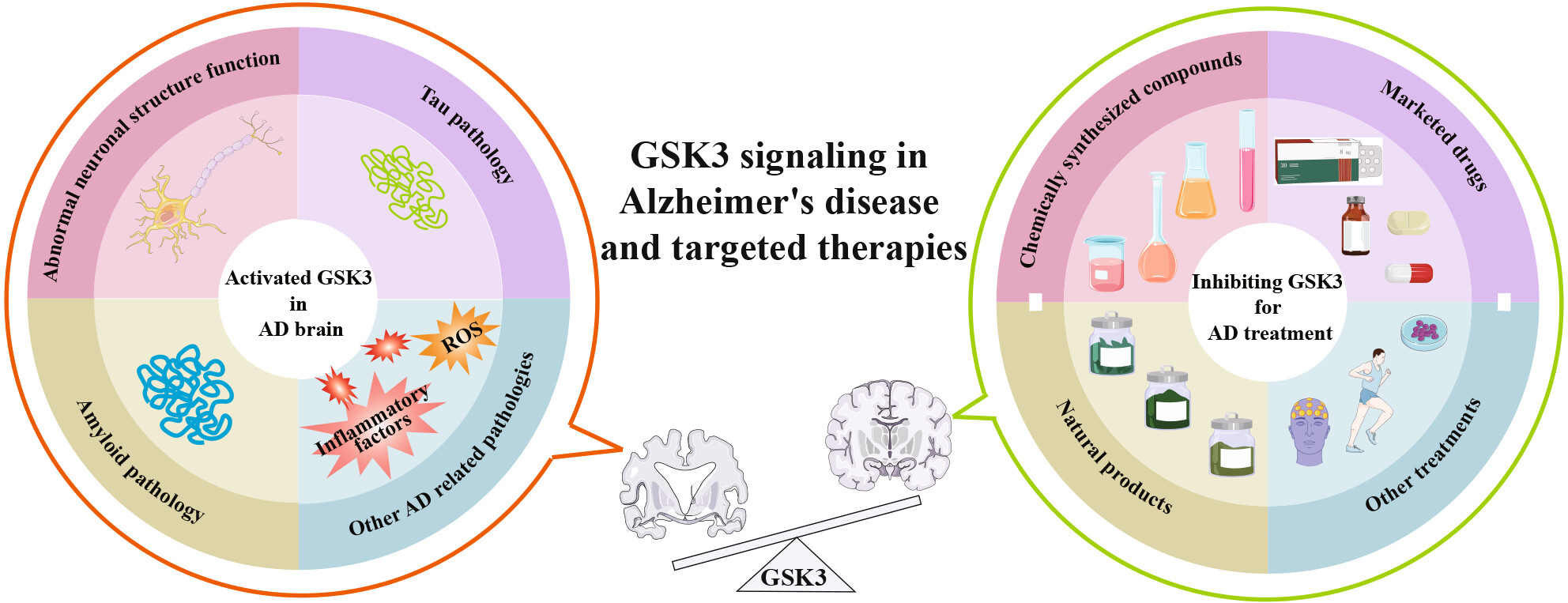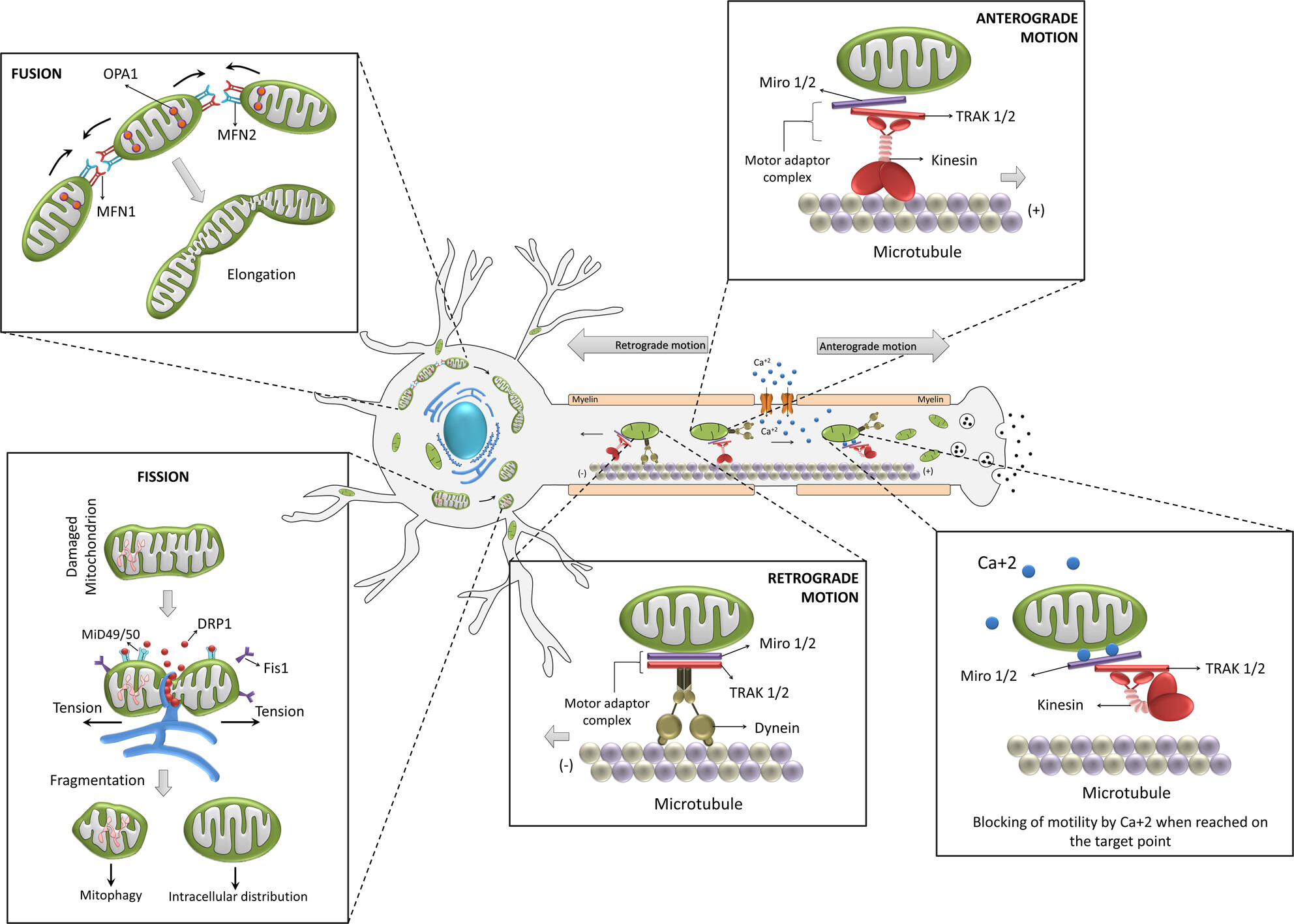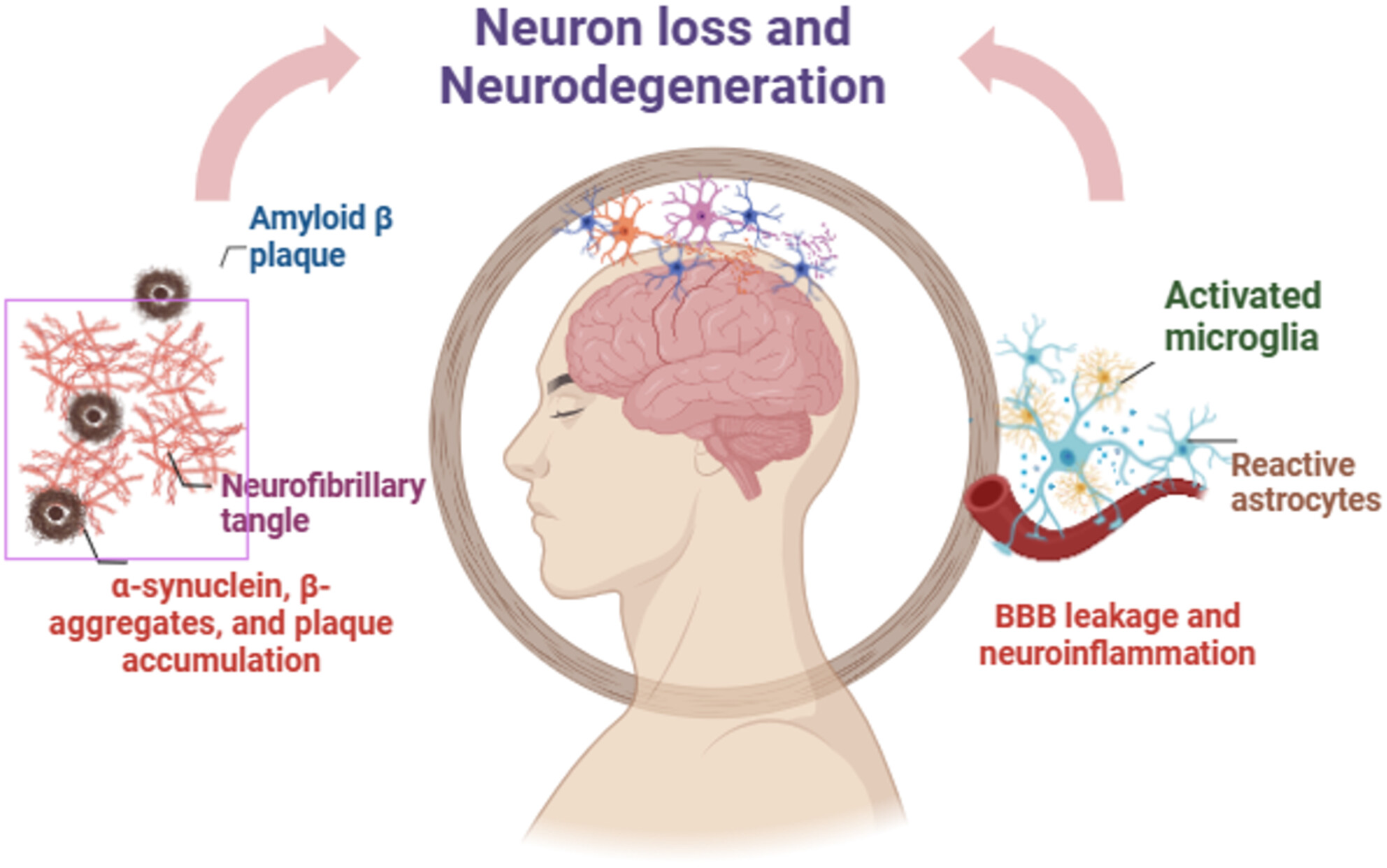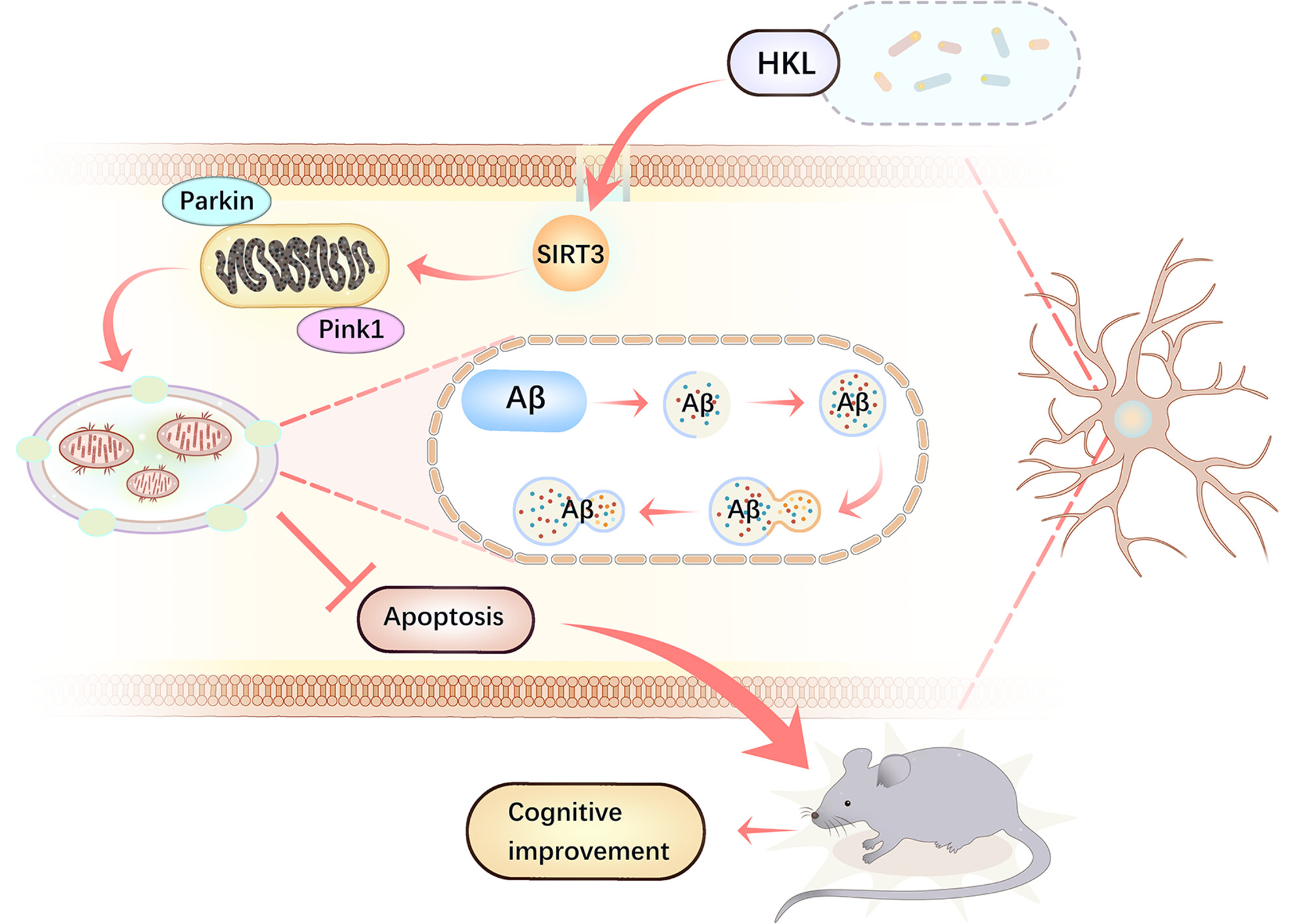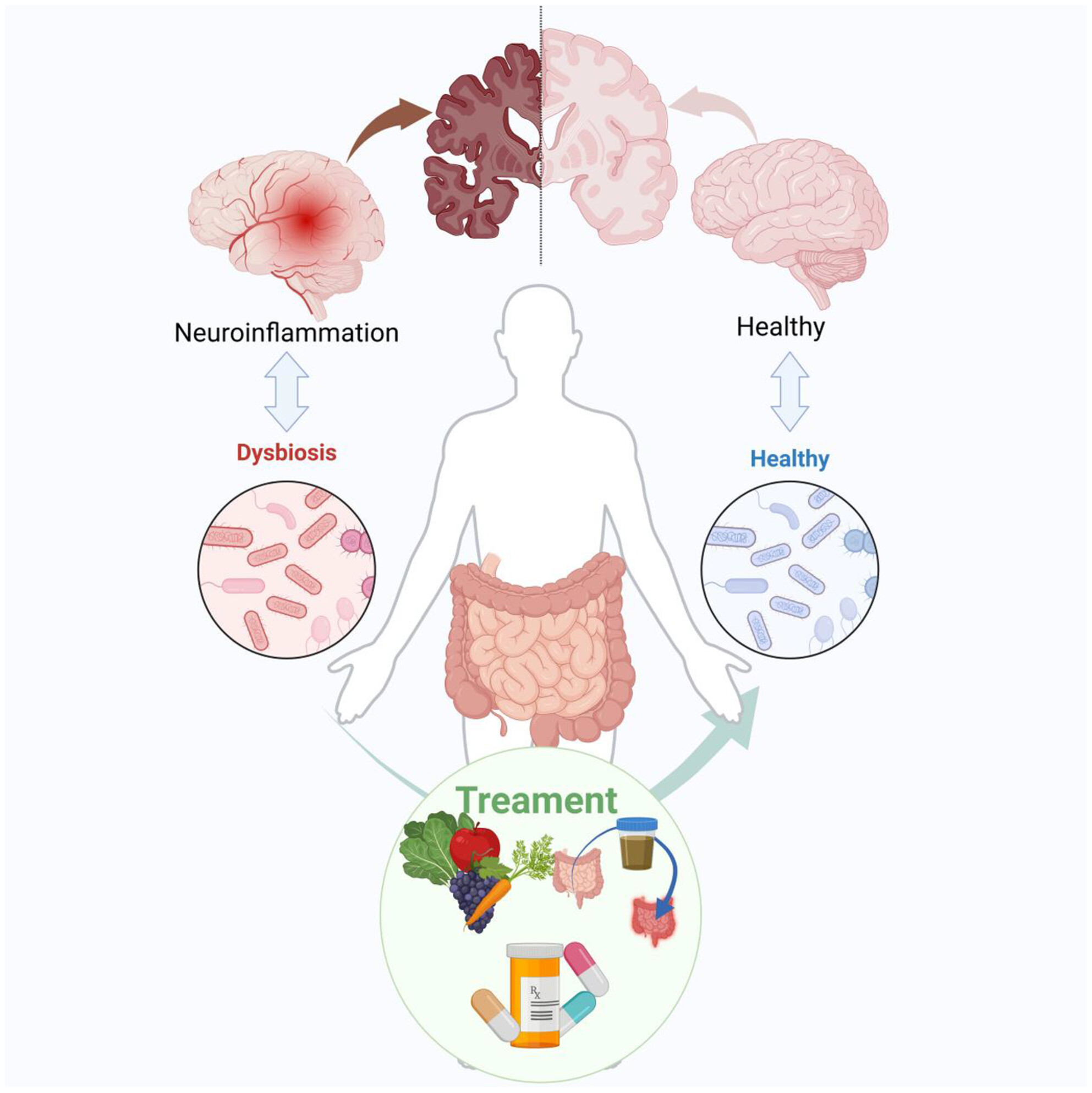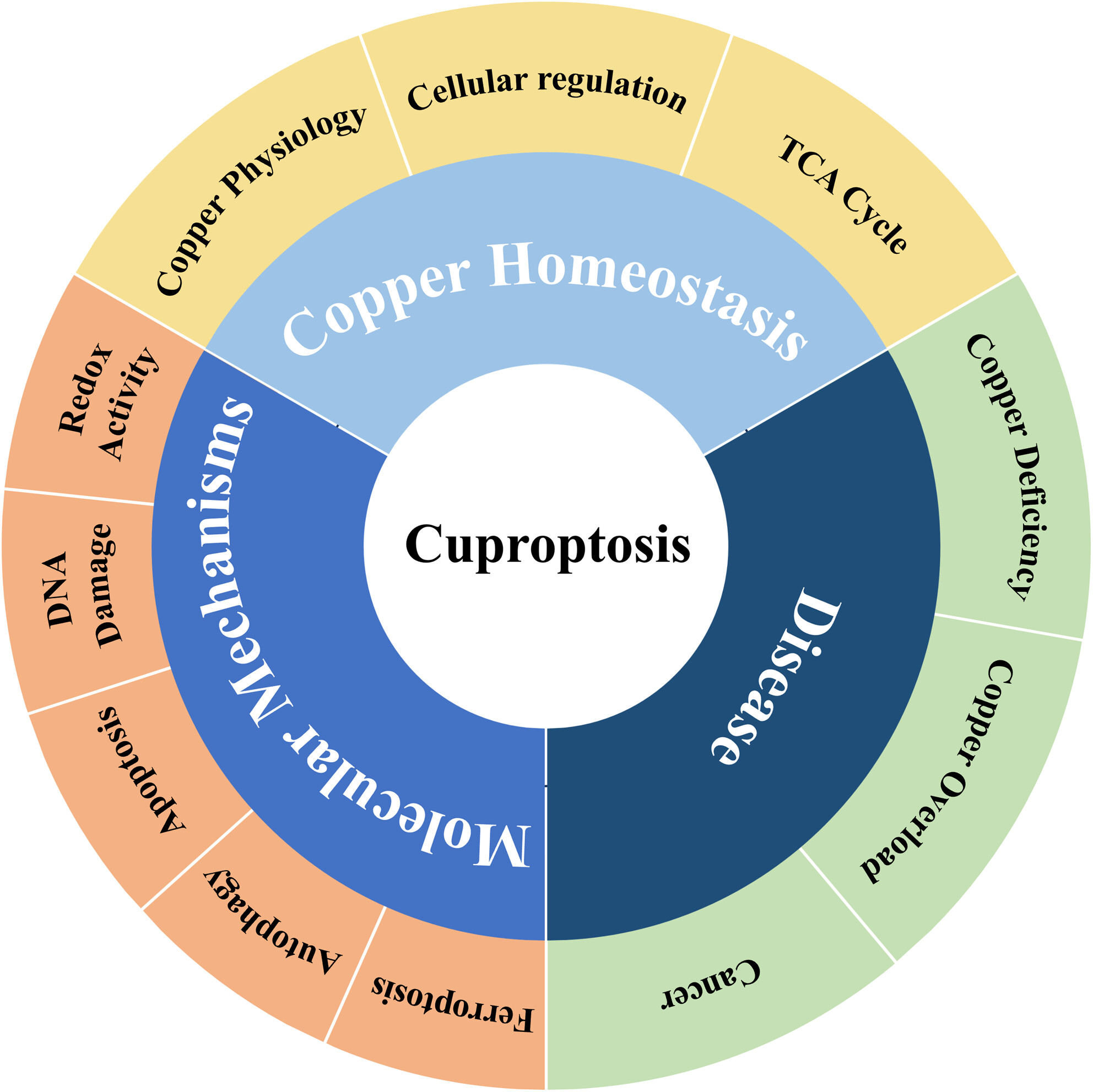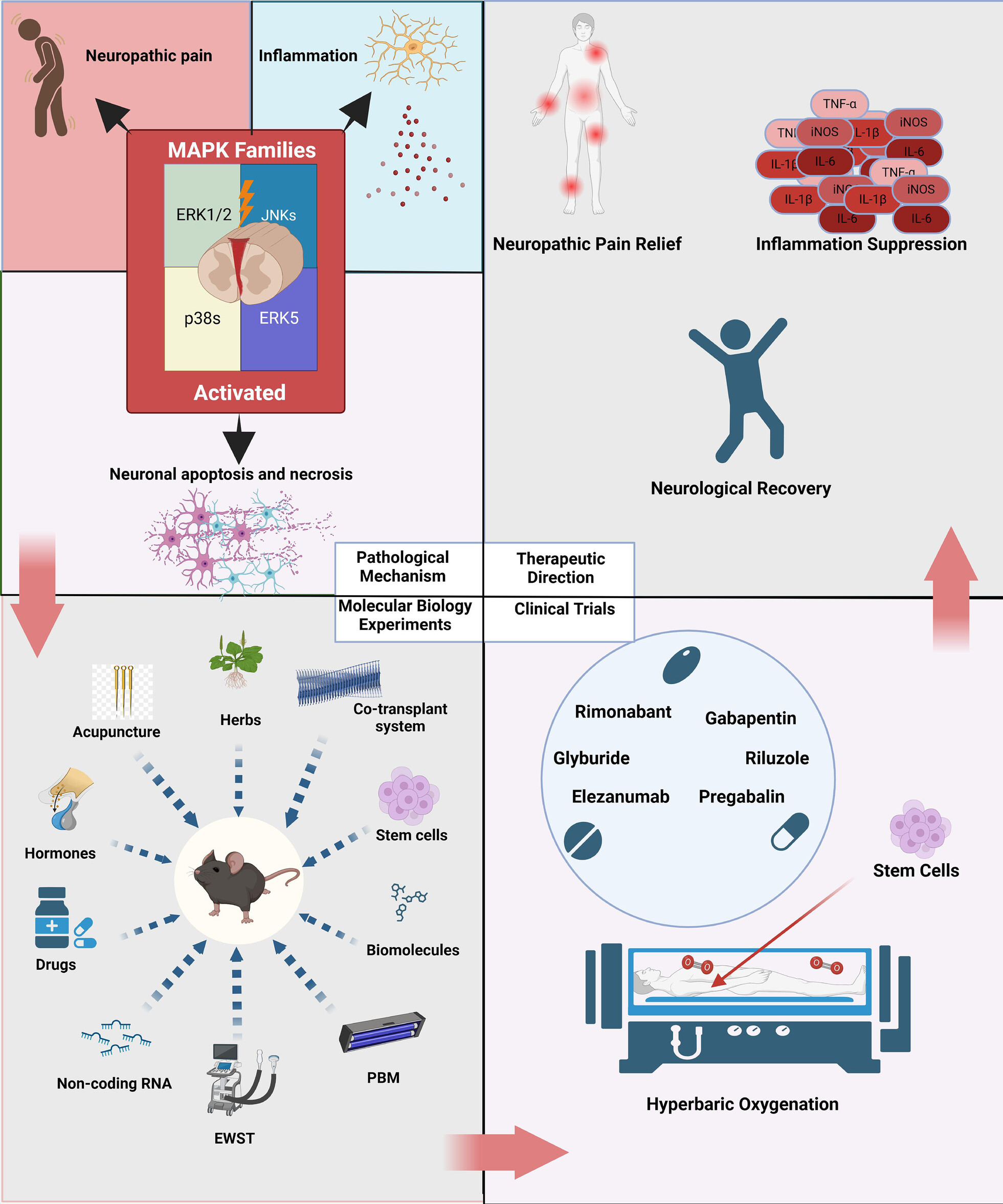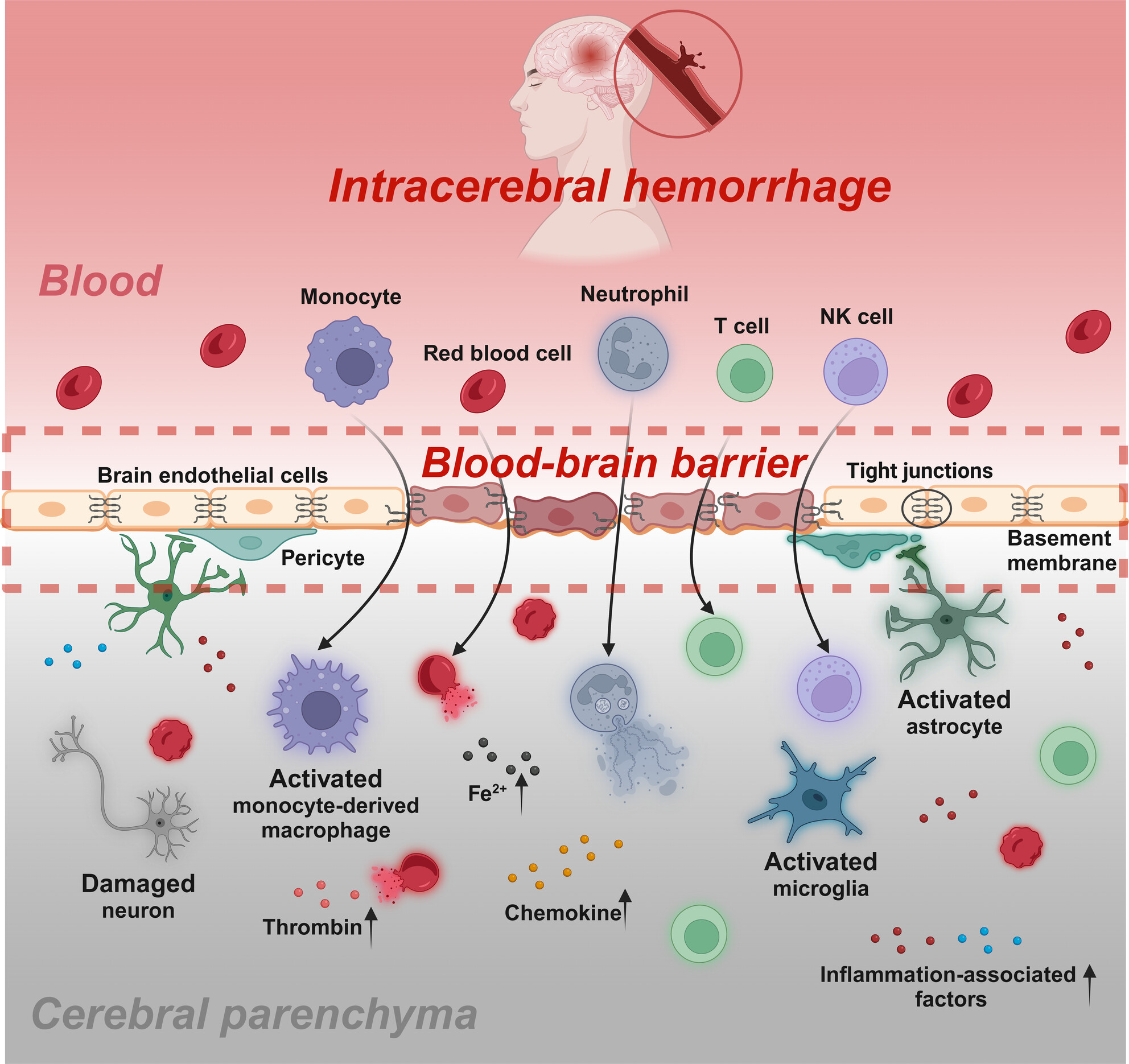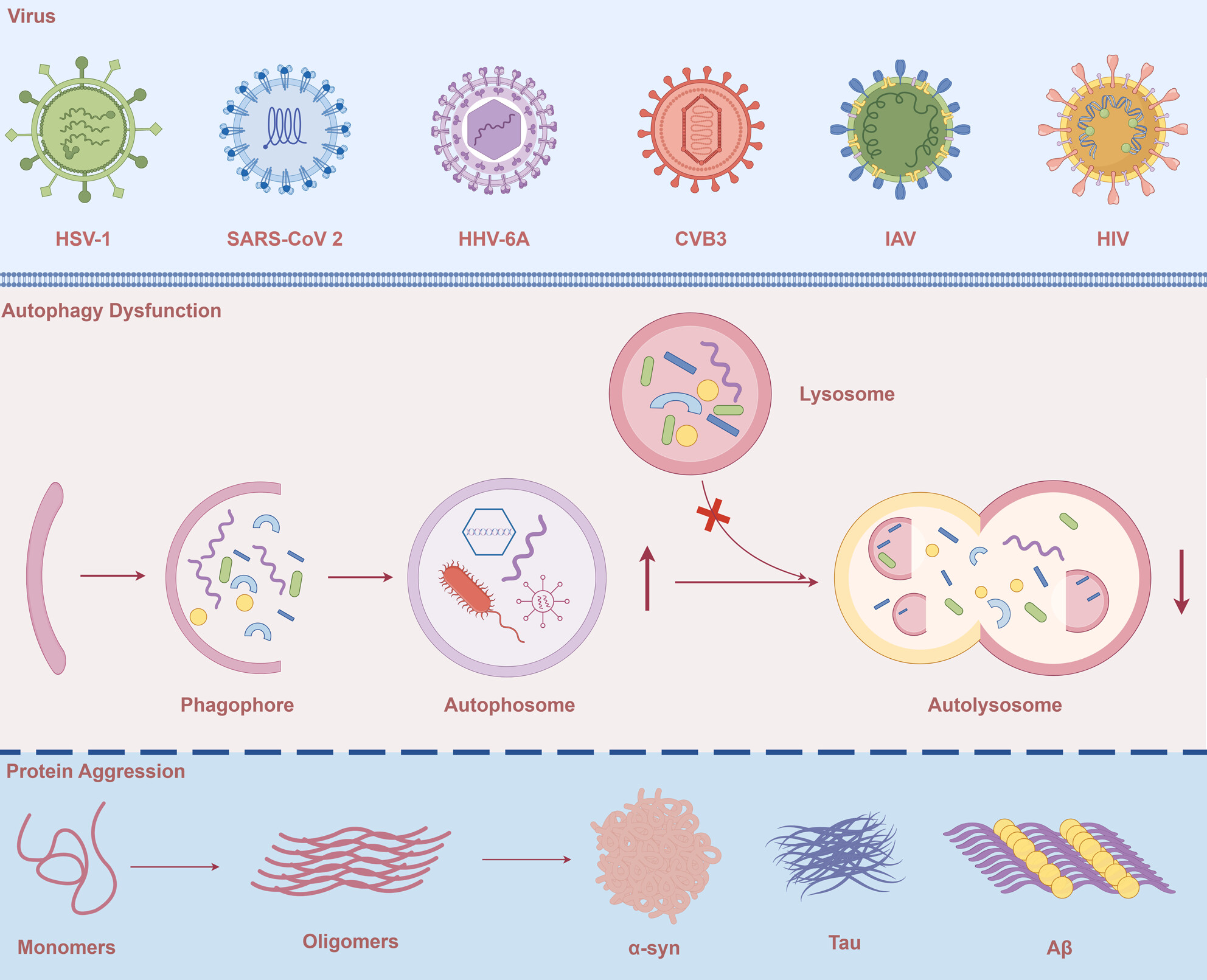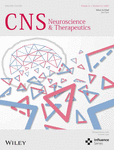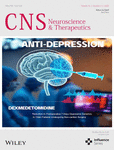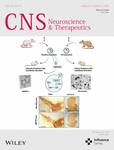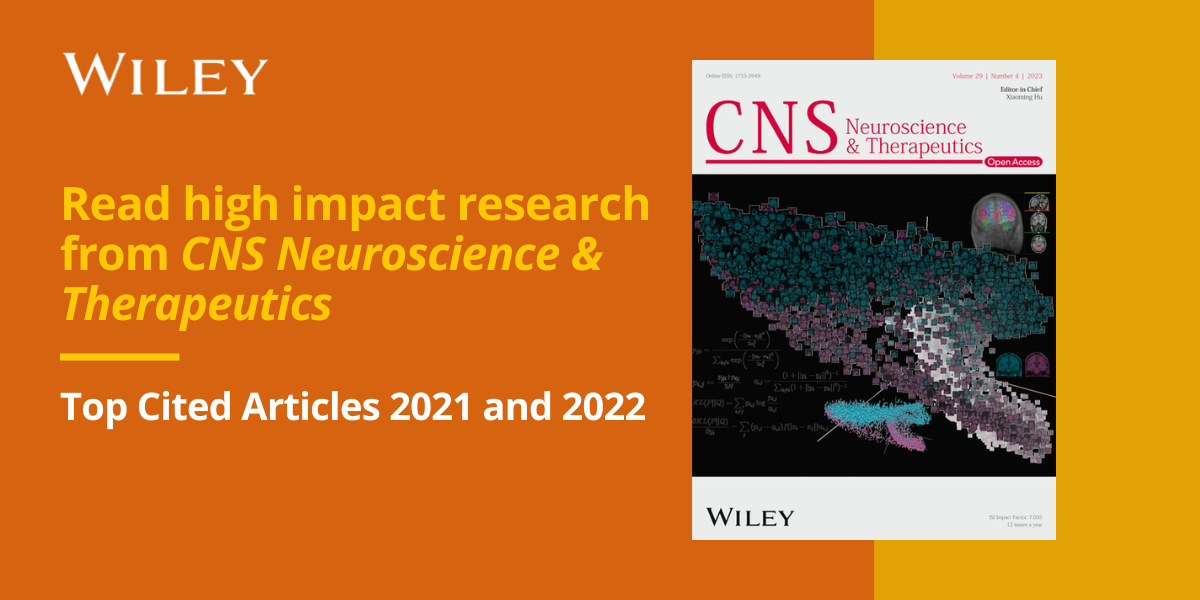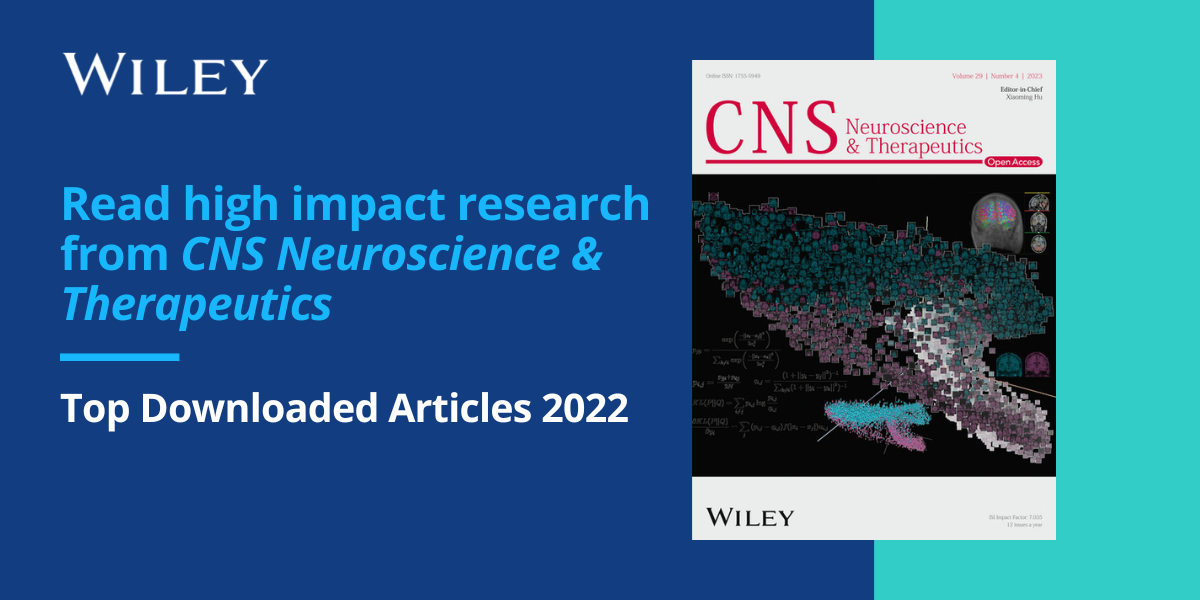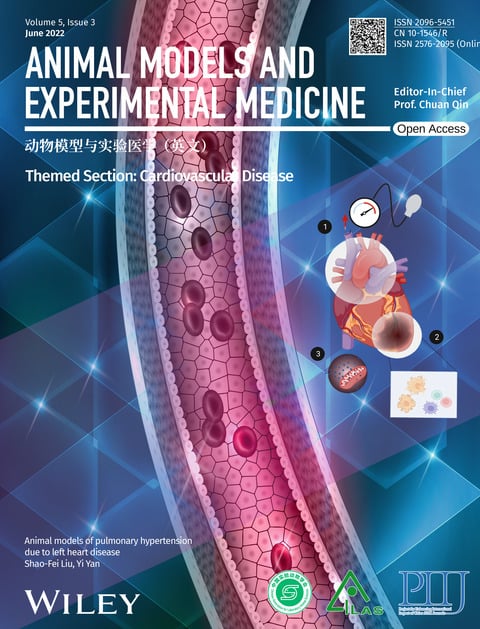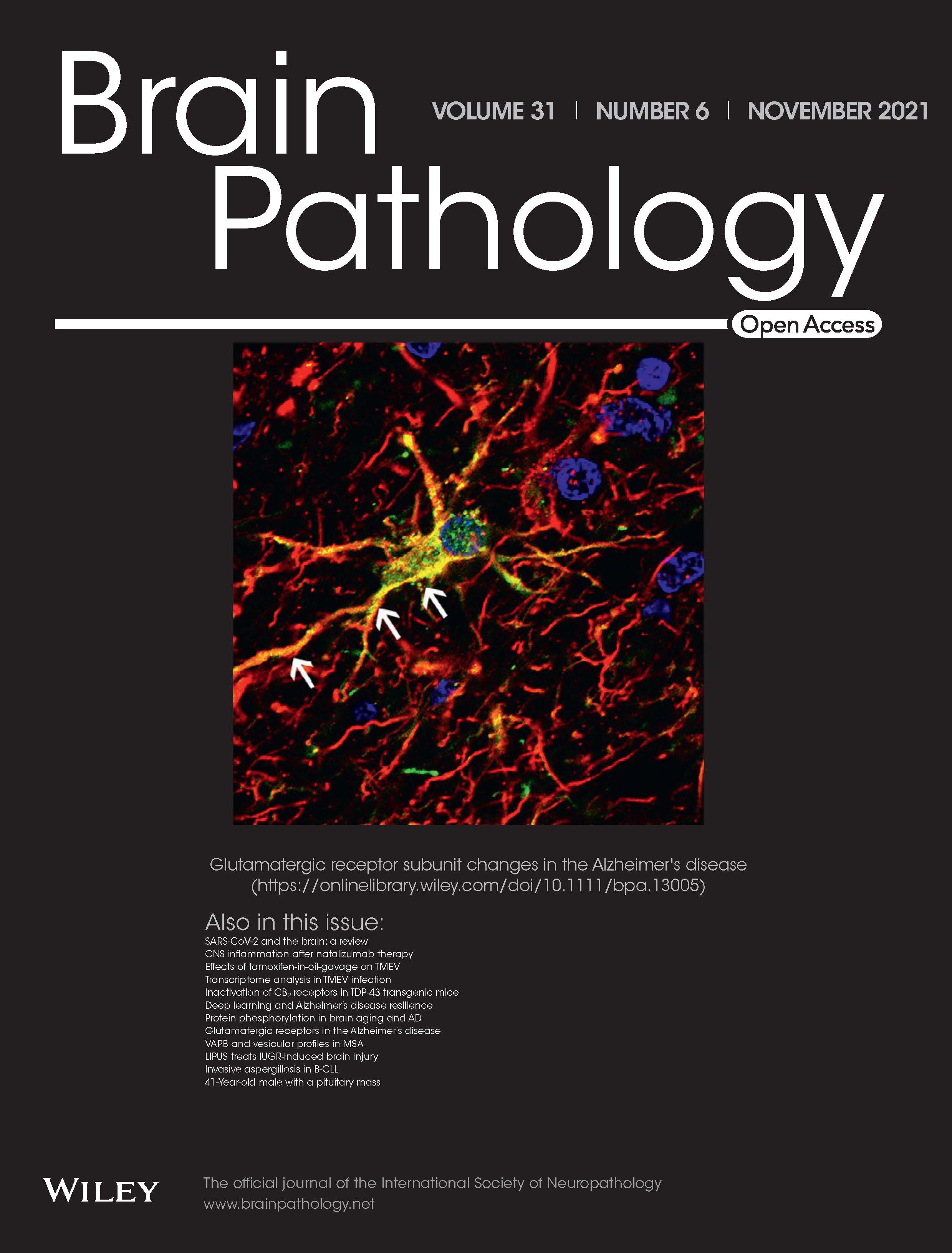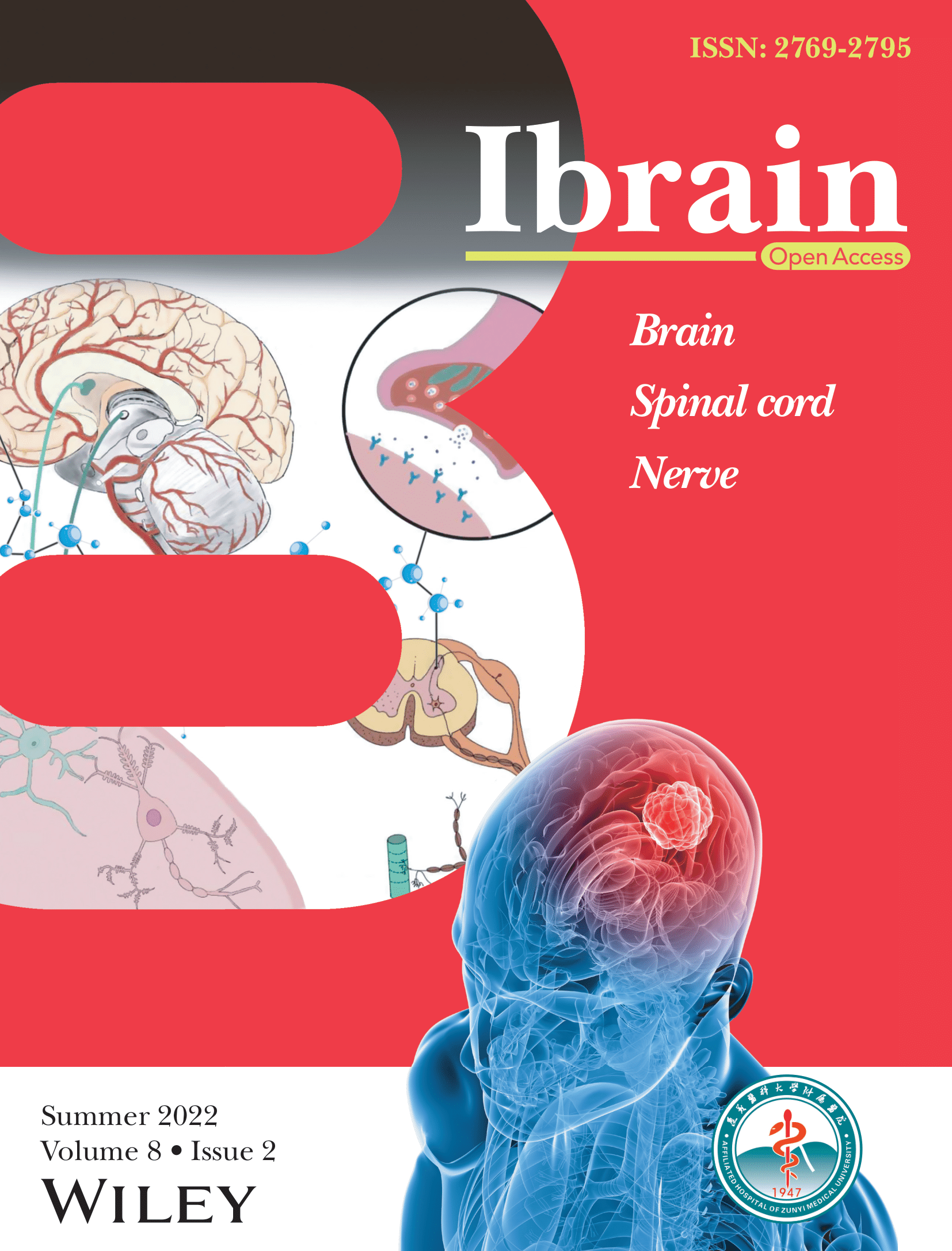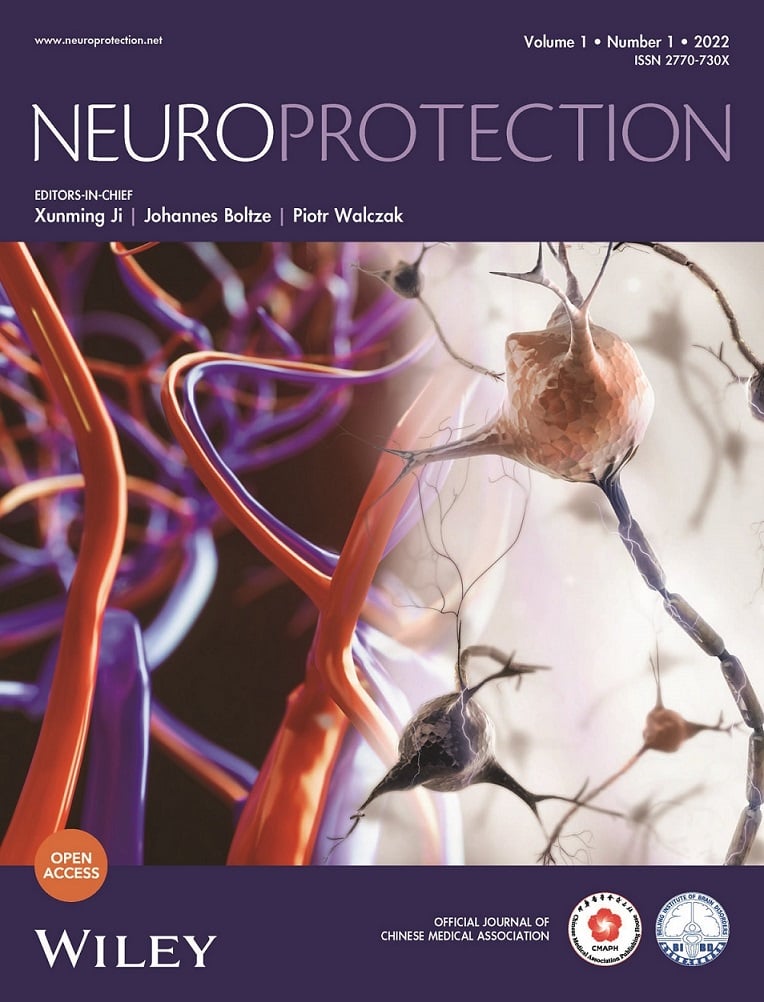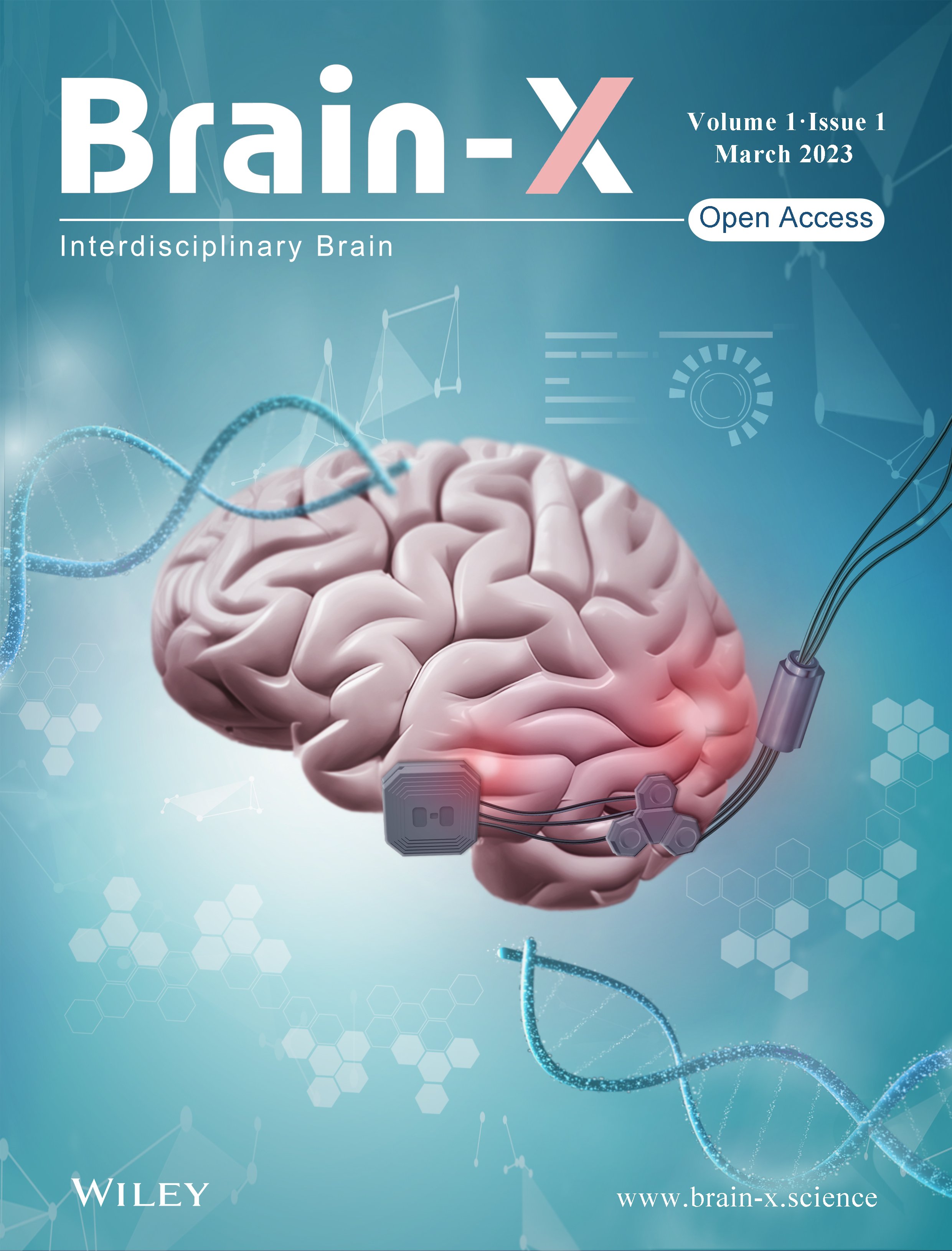Edited By: Xiaoming Hu
Journal list menu
CNS Neuroscience & Therapeutics is an open access journal publishing research related to the central nervous system, clinical pharmacology, drug development and novel methodologies for drug evaluation. We focus on neurological and psychiatric diseases such as stroke, Parkinson’s disease, Alzheimer’s disease, depression, schizophrenia, epilepsy, and drug abuse.
Journal Metrics
- 6.4CiteScore
- 5Journal Impact Factor
- 18%Acceptance rate
- 19 days Submission to first decision
Reasons to Publish with Us:
- Enjoy a simple Free Format submission process, with thorough guidelines for best chance of acceptance.
- Publish in a journal ranked in the top third of Neuroscience titles, with an Impact Factor over 5.
- Offers researchers and practitioners global accessibility to your Open Access funded research.
- Diverse international editorial board help you on your publishing journey.
- Themed Issues and graphical abstracts advance the understanding of key topics in the field.
On the Cover
Articles
Microglial Modulation as a Therapeutic Avenue for Perioperative Neurocognitive Disorders: Unveiling Pathophysiological Mechanisms and Clinical Implications
- 18 July 2025
Graphical Abstract
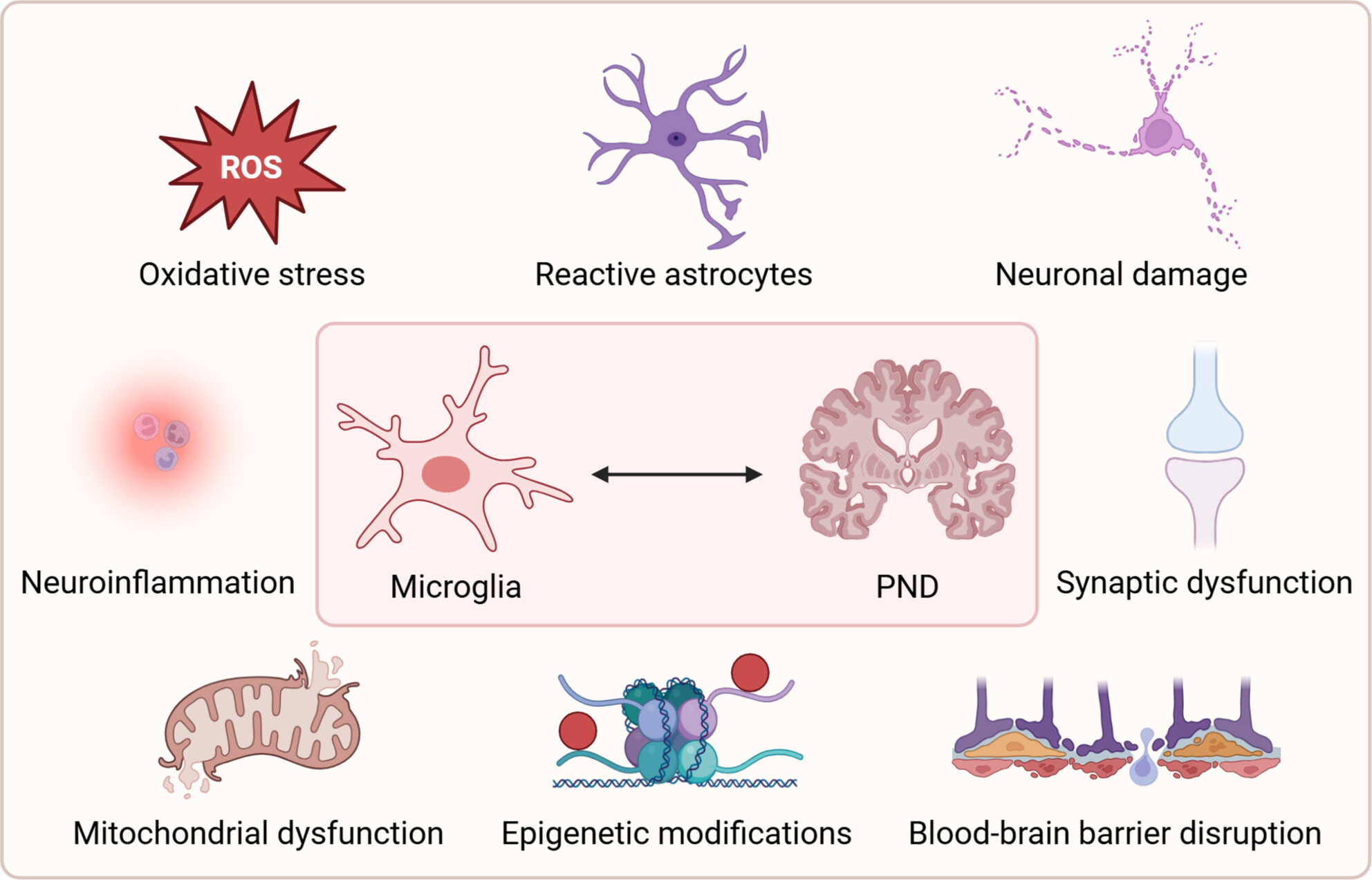
Microglia interact with oxidative stress, reactive astrocytes, neuronal damage, neuroinflammation, synaptic dysfunction, mitochondrial dysfunction, epigenetic modifications, and blood–brain barrier disruption, playing a critical role in the pathophysiology of perioperative neurocognitive disorders (PND). Targeting microglia presents a promising therapeutic strategy for the management of PND.
Inhibition of NFE2L1 Enables the Tumor-Associated Macrophage Polarization and Enhances Anti-PD1 Immunotherapy in Glioma
- 17 July 2025
Graphical Abstract
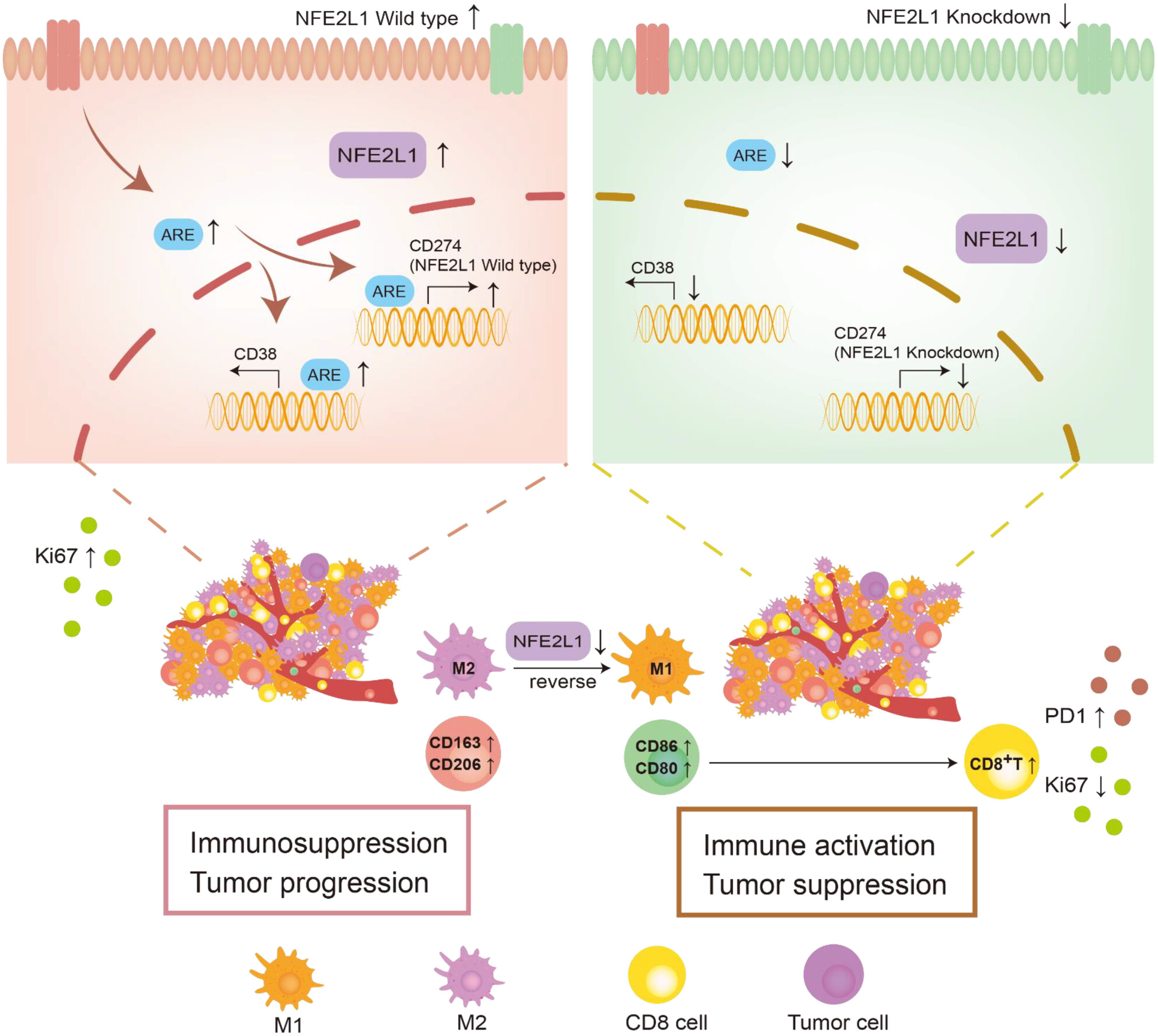
High-expressed NFE2L1 contributes to maintaining the M2 macrophage in glioma. Knockout of NFE2L1/Nrf1 can reverse the M2 phenotype of TAMs to the M1 phenotype. In vivo tumor growth is significantly inhibited in NFE2L1−/+-deficient heterogeneous mice. The activity of CD38 and PDL-1 inhibitors is enhanced by NFE2L1 targeting the ARE sites. The anti-PD-1 therapeutic efficacy is strikingly enhanced on NFE2L1−/+ tumor-bearing mice.
Effects of Cerebellar Repetitive Transcranial Magnetic Stimulation at Different Frequencies on Working Memory: An EEG Study
- 16 July 2025
Graphical Abstract
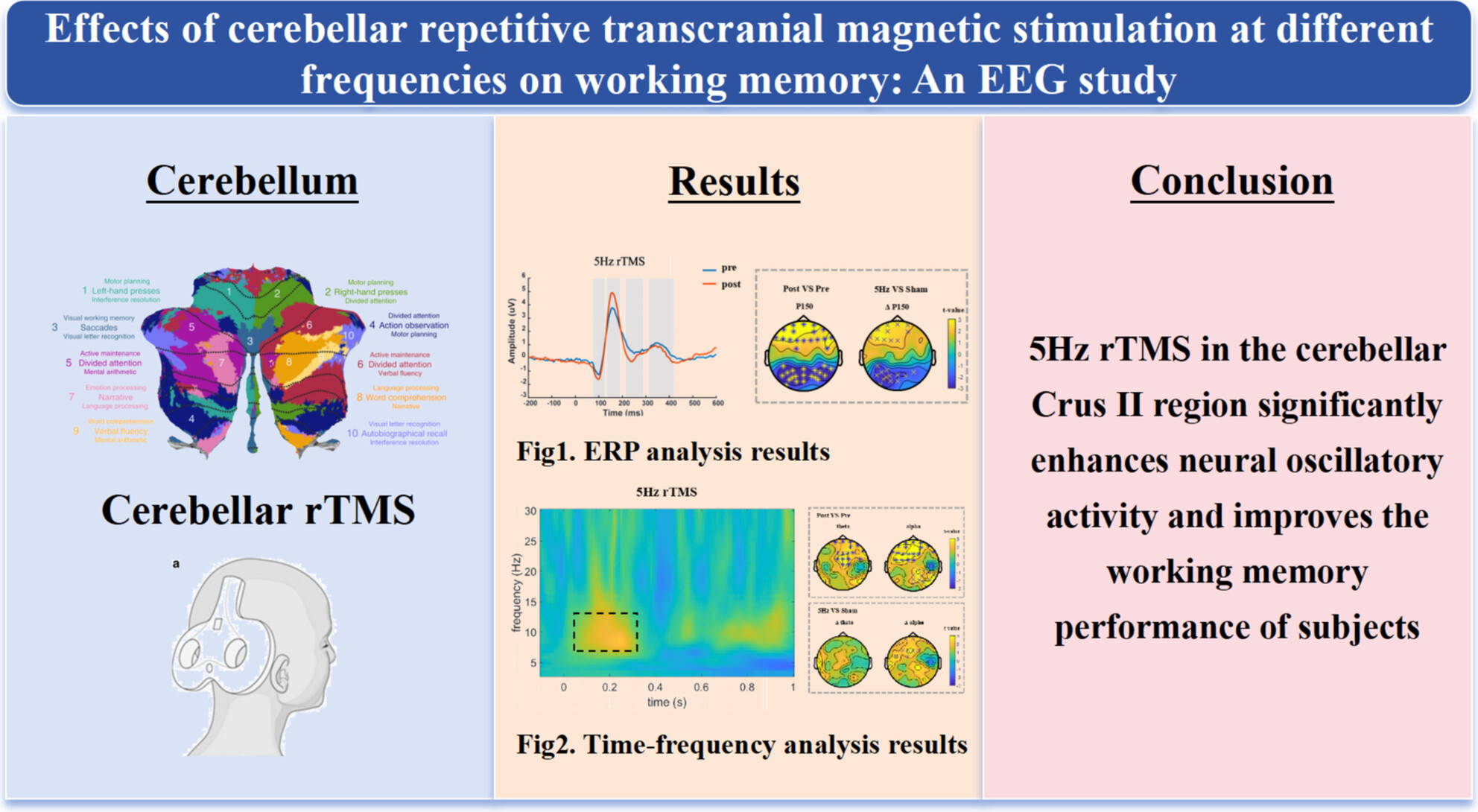
Our study is the first to apply rTMS across five frequency bands to the cerebellum, revealing that low-frequency TMS does not significantly affect working memory. In contrast, 5 Hz rTMS significantly enhances working memory performance and improves the parameters of resting-state brain networks, emphasizing the role of cerebellar rTMS in cognitive regulation.
Differentiating Temporal Plus “Insula” Epilepsy From Temporal Lobe Epilepsy by Brain Networks Based on Noninvasive Examinations
- 16 July 2025
Chronic Glymphatic Dysfunction Modulates Domain-Specific Cognitive Recovery After Stroke: A DTI-ALPS Lesion Stratification Study
- 14 July 2025
Graphical Abstract
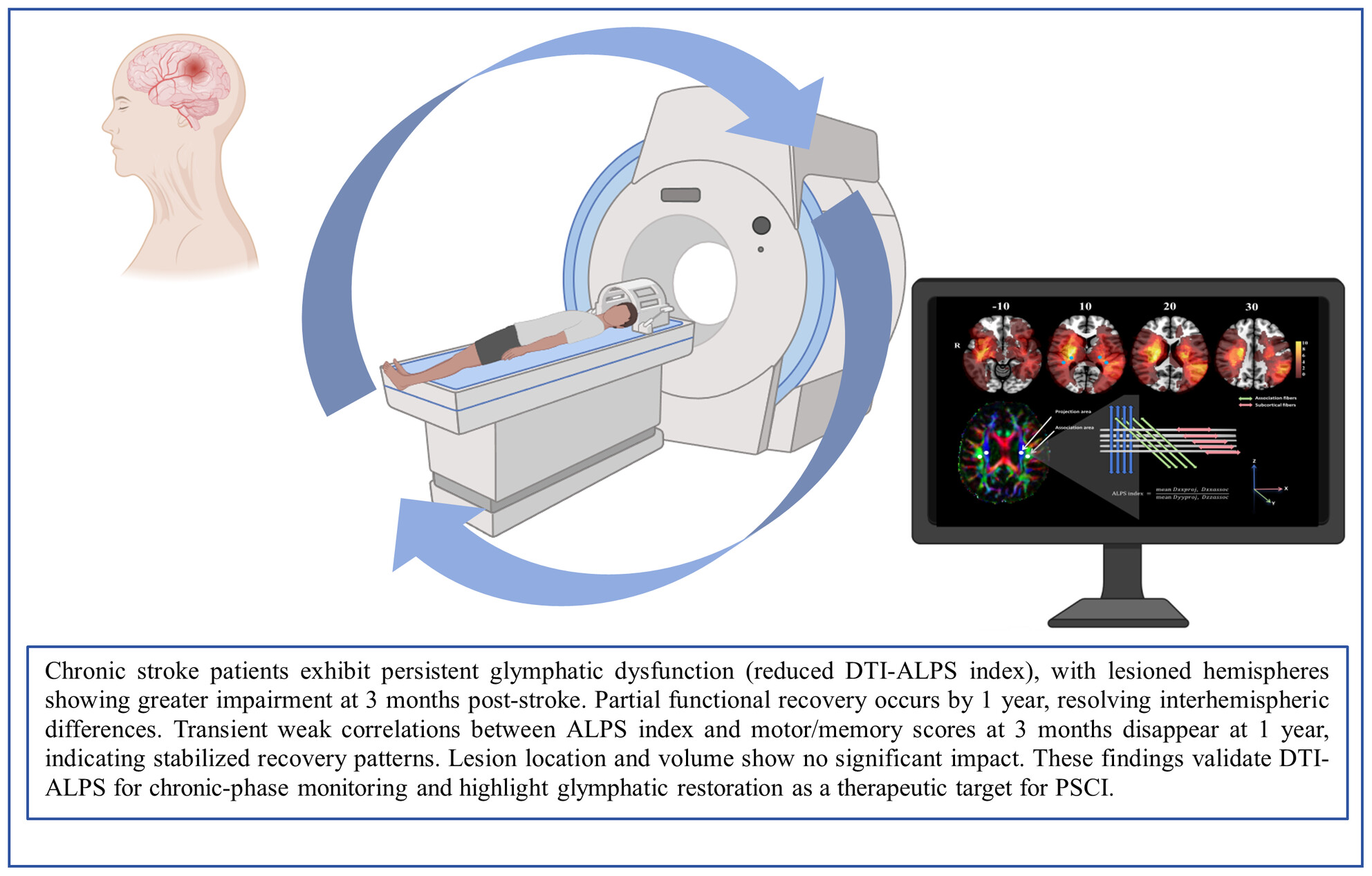
Chronic stroke patients exhibit persistent glymphatic dysfunction (reduced DTI-ALPS index), with lesioned hemispheres showing greater impairment at 3 months post-stroke. Partial functional recovery occurs by 1 year, resolving interhemispheric differences. Transient weak correlations between ALPS index and motor/memory scores at 3 months disappear at 1 year, indicating stabilized recovery patterns. Lesion location and volume show no significant impact. These findings validate DTI-ALPS for chronic-phase monitoring and highlight glymphatic restoration as a therapeutic target for PSCI.
Roles and Impacts of Integrative Medical Interventions in Central Nervous System Tumor Treatment: Multi‐Technology Convergence and the Paradigm Shift Toward Functional Reconstruction
- 14 July 2025
Graphical Abstract
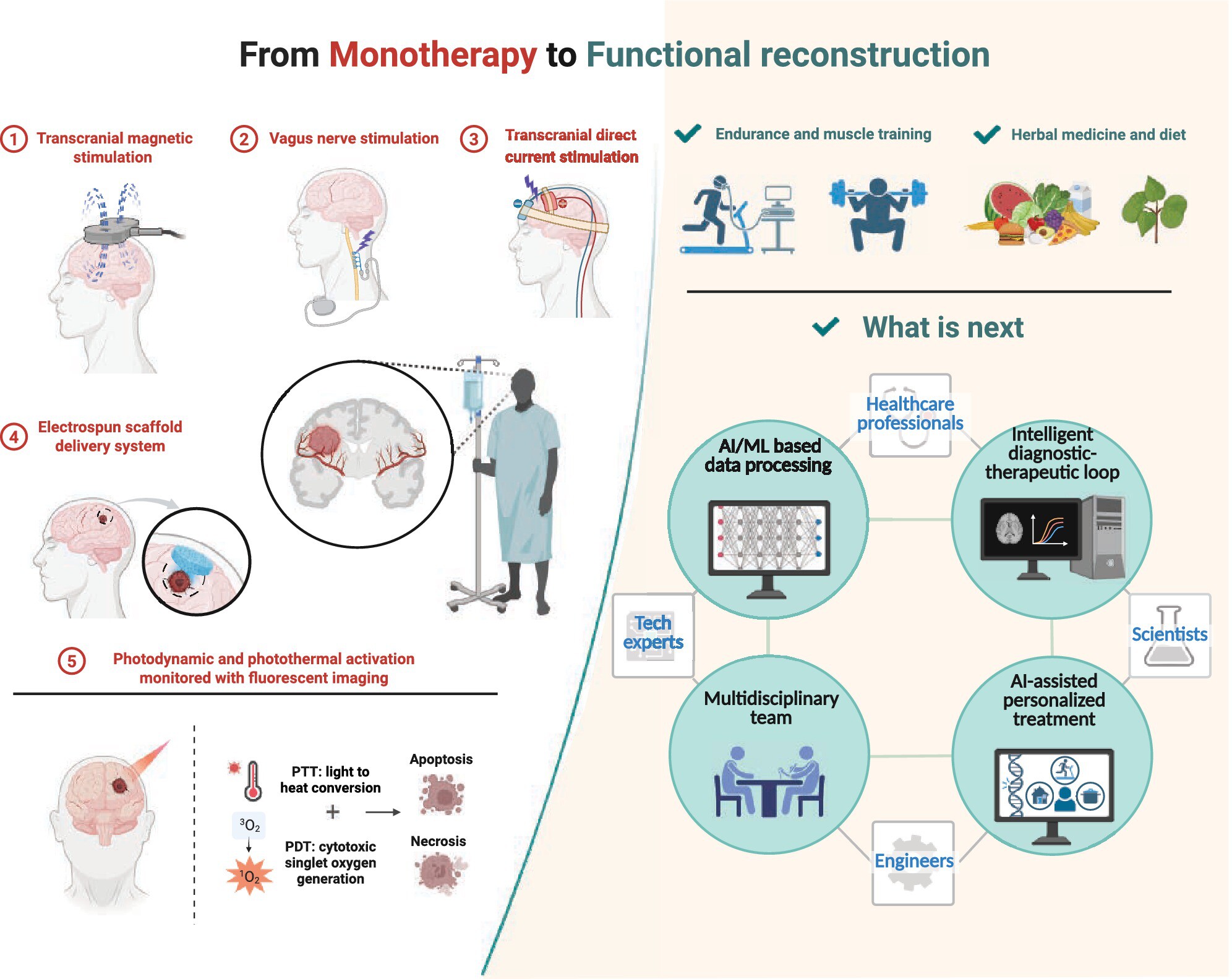
Multi-technology interventions (non-invasive neuromodulation, AI, 3D organoids) for CNS tumor treatment shift from monotherapy to functional reconstruction. They address BBB restriction, tumor heterogeneity, and immune suppression via biological–psychological–technological convergence, enabling precision oncology through dynamic monitoring and microenvironment remodeling. Despite translational/ethical challenges, interdisciplinary innovation drives patient-centered functional restoration.
Neurodevelopmental Consequences of Maternal Diabetes: Autophagy and Spatial Arrangement of Hippocampal Neurons
- 14 July 2025
Assessing the Impact of Estimated Glucose Disposal Rate (eGDR) on Cognitive Function in Older Adults: A NHANES-Based Machine Learning Study
- 14 July 2025
Graphical Abstract
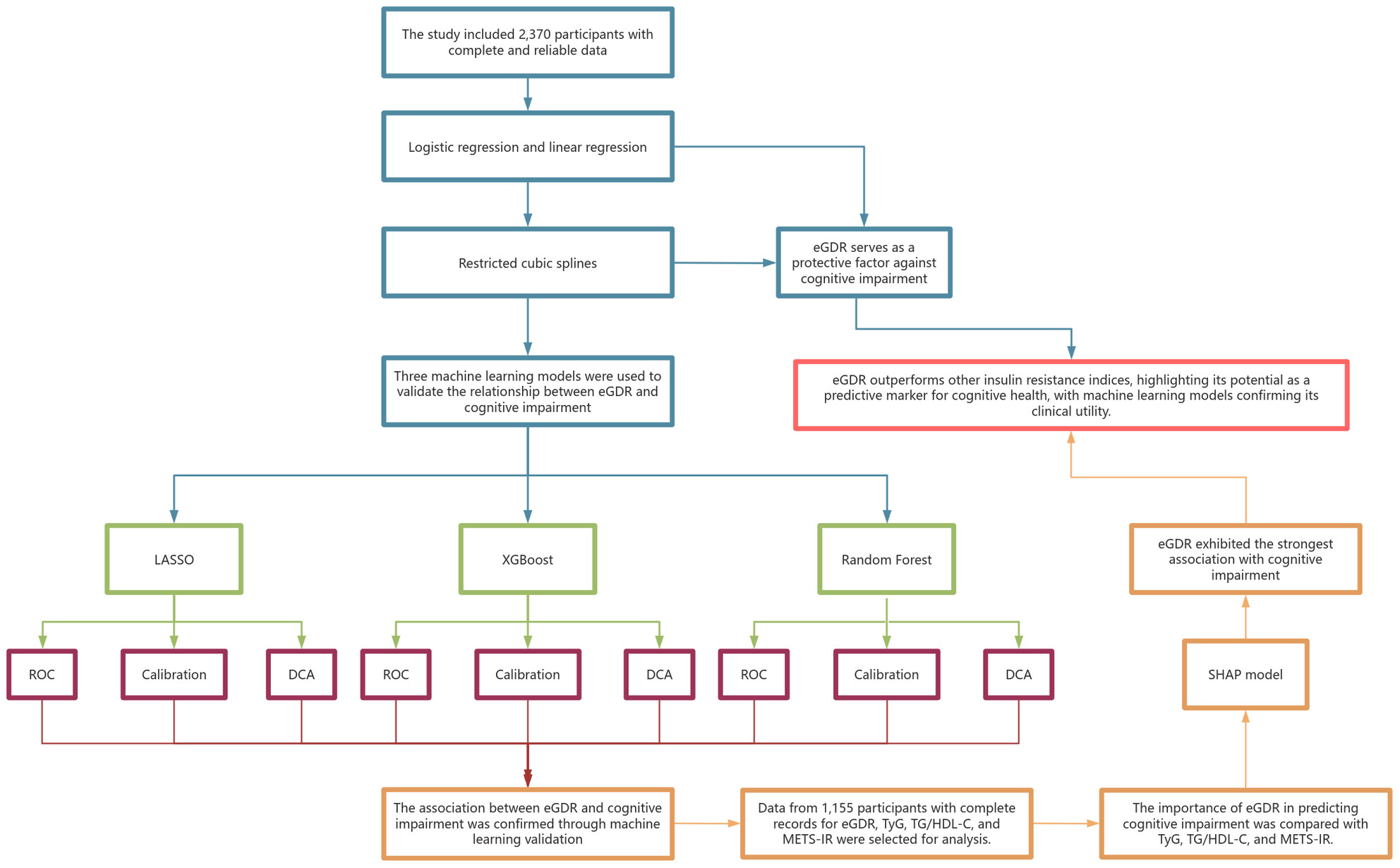
Higher estimated glucose disposal rate (eGDR) may be linked to improved cognitive function and reduced risk of cognitive impairment in older adults. eGDR outperforms other insulin resistance indices, highlighting its potential as a predictive marker for cognitive health, with machine learning models confirming its clinical utility.
Intracapsular Resection of Thoracic Extradural Schwannomas via the Isthmic Approach: Investigation of Clinical Feasibility With 41 Case Series
- 10 July 2025
Graphical Abstract

A novel minimally invasive surgical approach, the isthmic approach, was introduced for the treatment of thoracic extradural schwannomas. A retrospective analysis of 41 clinical cases demonstrated that this approach improves total tumor resection rates, preserves spinal stability, and significantly reduces operative time, incision length, and intraoperative blood loss.
Identification of the Critical Life‐Stage of Obesity Contributing to Brain Functional Networks
- 10 July 2025
Graphical Abstract

This integrative genetic study, using Mendelian randomization and transcriptome-wide association analyses, demonstrates that birth weight decreases functional connectivity of the central executive or default mode network in the temporal lobe, childhood BMI reduces connectivity in subcortical-cerebellum and motor/attention networks, and adulthood BMI increases neural activity in the frontal lobe.
Recent issues
- Volume 31, Issue 7July 2025
- Volume 31, Issue 6June 2025
- Volume 31, Issue 5May 2025
- Volume 31, Issue 4April 2025



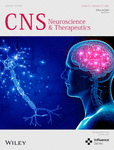

728X90.png)

